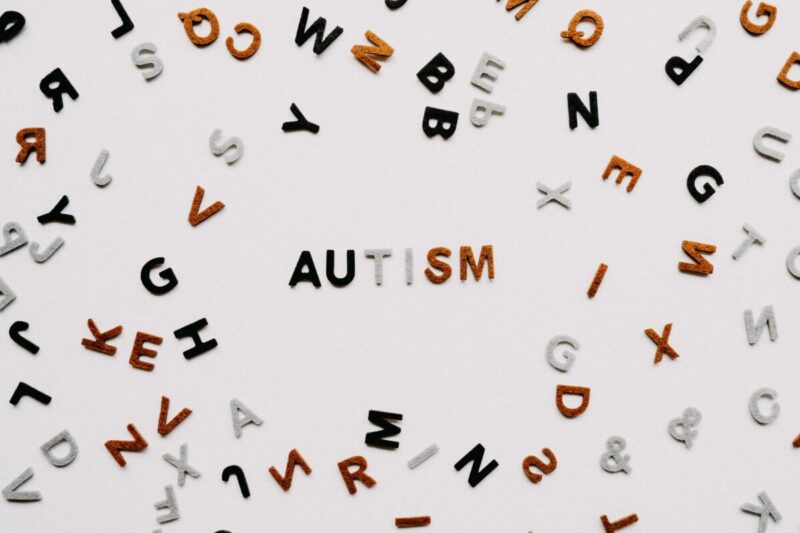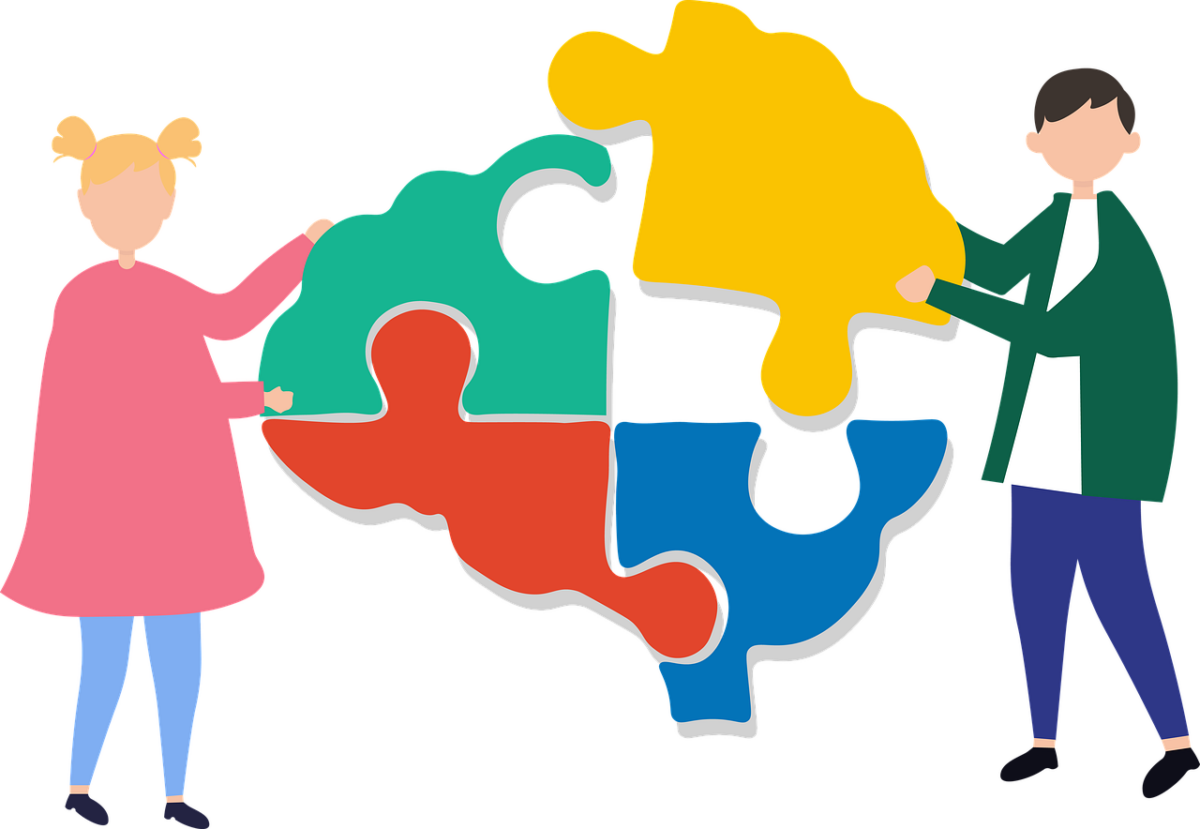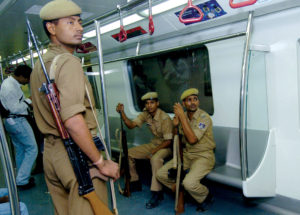June 18 marks the celebration of people who fall into the spectrum of Autism Spectrum Disorder. Defined as a neuro-behavioural condition, those who fall in the autism spectrum typically find it difficult to communicate, express themselves, learn and interact in social settings.
Autistic Pride Day came into existence in 2005, when it was first celebrated by Aspies For Freedom. The core concept has remained the same since then: celebrating people with ASD.
The logo shows an infinity rainbow, in reference to the innumerable differences that prevail and co-exist in the autistic community. Hence the logo also acknowledges neurodiversity and differences.
Often, people diagnosed with autism have additional psychiatric complications. These include ADHD, OCD, mood disorders, and anxiety.
What can the general public do? Well, we need to understand what such people require and work towards creating a safe space for them. They time and again have to face unwarranted difficulties going about their life. Thus, the onus is on society at large to be their allies.
“Allyship starts with inclusion from childhood,” says Mugdha Kalra, autism activist and a caregiver to a 12-year-old son with autism. “As children, you can be told to be patient with your friend who is autistic and to include him in your play. You can be friends with kids that are different and support them as buddies. As adults, you can make an effort to make autistic individuals comfortable and treat them normally.”
Here are some things one can start with to make a better space for all of us to live:
Know the symptoms and their needs
Understand their symptoms: One needs to be clear about what a potential autistic person could behave like to identify problems in their peers, if any. Only after identification, can one proceed to help. Kalra explains how understanding behaviour can be.
She specifies, ‘As far as understanding behaviours are concerned, as an ally you should be fine if your friend doesn’t make any eye contact with you, is semi-verbal or not verbal, and if he has stimming behaviours. Only when you accept your autistic friends with all their quirks can you be a true ally.’
The social needs and help they require are different. Often, people tend to superimpose help that they believe the other person needs. Autism is not a blanket disorder, thus symptoms vary, and so do their needs. Thus, spend some time understanding.

Be calm, patient, and responsive
Patience is a prerequisite while interacting with people with autism. Slow down while talking to them and make sure they feel heard. Their communication might be slower than the regular pace, but one should not rush them up to say or do things as per speed. The interactions should motivate them to come back, rather making feel not valued. Responses need to be polite even at times when you choose to condemn them.
Learn ways to communicate with them; preferably non-verbal
Non-verbal communication is very effective with people with autism. Actions, music, and expression all form part of this. Non-verbal communication is faster for them to understand and for you to communicate. Avoid compilations like figures of speech that might confuse them. When there are ways more than the verbal mode, they tend to feel seen and open up a lot more.
Be a listener
An important skill while interacting with people with ASD is listening. Listening gives them time to formulate a response. Simultaneously, it makes them believe they are being heard and cared for. When there are discussions in a group, remember they are part of the conversation. They should be made to feel included in the conversations.
Read, update and educate
Make sure that you read more about ASD and keep updating yourself through the course of your interaction with them. Share your knowledge with mutual friends so that they also understand how they should be around people with autism. Kalra says one needs to make sure they do their own education on the same.
“I have learned all about autism via my lived experience, the experience of older parents, and my support groups. In the last few years, we have seen several therapists and doctors do webinars and workshops which have been of great help”, says Kalra when asked about how one should go about educating oneself. She adds, “Unfortunately, there is still not much awareness on invisible disabilities and autism. It still is a challenge in public spaces, and educational institutes and incorporates for individuals on the autism spectrum to find acceptability.”
To sum up, Kalra says, “Society needs to empathize and not sympathize. People around should understand that autistic individuals have repetitive behaviours, and social communication is a challenge for them. They may have sensory overload. If people would have interacted with individuals on the autism spectrum since the beginning, they will not look at them oddly or judge them. But now, acceptance is the key and awareness is the tool.”
For more stories that cover the ongoings of Delhi NCR, follow us on:
Instagram: https://www.instagram.com/thepatriot_in/
Twitter: https://twitter.com/Patriot_Delhi
Facebook: https://www.facebook.com/Thepatriotnewsindia





